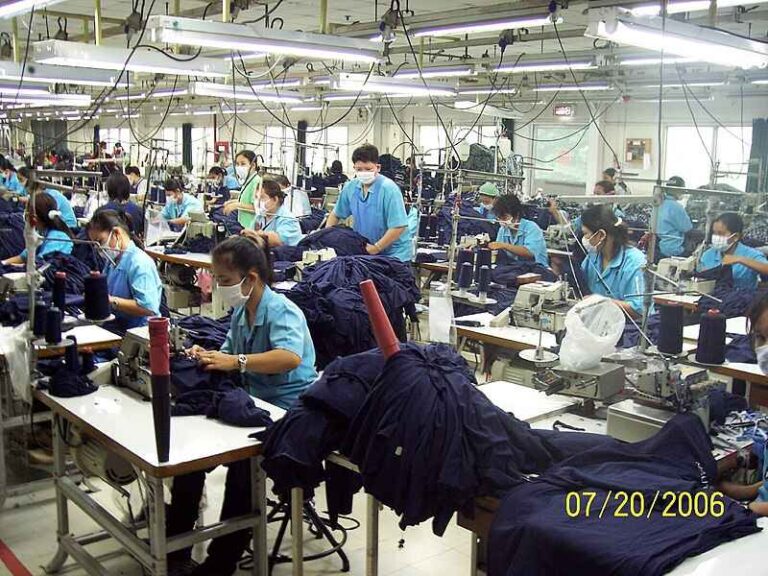Overpopulation Definition and Characteristics Explained
Overpopulation is a socioeconomic condition whereby the capacity of the ecosystem to support life, is exceeded and compromised by the presence of too many individuals in a given area. This article discusses overpopulation definition and characteristics; as outlined below;
-Overpopulation Definition: 4 Ways to Define Overpopulation
-Characteristics of Overpopulation
Overpopulation Definition: 4 Ways to Define Overpopulation
Overpopulation is a phenomenon whereby population density within a given area far exceeds the threshold or limit of sustainability [4].
The above definition portrays overpopulation solely on the basis of population density; which is the number of individuals per unit of a given area.
However, overpopulation is a broad concept that touches other factors such as environmental impacts, economic stability, and resource depletion. The following overpopulation definition highlights the influence of this condition on availability of resources;
Overpopulation is a condition whereby resources like food, water, air, and land, become inadequate due to a high number of individuals in a given region or area.
In line with the above, overpopulation can lead to lack of resources and its related outcomes such as hunger and food insecurity.
Other effects of overpopulation are mentioned in the alternative overpopulation definition below;
Overpopulation refers to the presence of too many individuals in a given vicinity or region, as a result of which socioeconomic problems like; crime, inflation, conflict, unemployment, environmental degradation, and poverty, may occur [1].

It is important to point out that multiple forms of environmental degradation can occur in connection to overpopulation; including flooding, pollution, erosion, deforestation, and climate change [3]. The risk of natural hazards like landslides is also higher in overpopulated areas.
Possible solutions to overpopulation and its effects are highlighted in the alternative overpopulation definition below;
Overpopulation is a socioeconomic and geographic condition whereby an excessive number of individuals occupy and consume resources within a given area; and which could be solved through measures like educational programs for women and girls, intensive family planning, awareness creation, and incentives for population control [2].
Characteristics of Overpopulation
Overpopulation is a problem because it harms both the ecosystem and the living population, by increasing demand for resources exponentially, and making these resources inadequate to meet the existing needs.
Characteristics of overpopulation are;
1). Low GDP Per Capita
2). Environmental Degradation
3). Depletion of Resources
4). Poverty
5). High Crime Rate
6). Difficulty in the Practice of Sustainable Agriculture
7). Food Insecurity, Hunger and Malnutrition
8). General Low Quality of Life
9). Unhealthy Competition among Organisms
10). Low Levels of Literacy
11). High Birth Rates
12). High risk of Species’ Extinction
13). Low Life Expectancy
As indicated in numbers 9 and 12 above, overpopulation is not solely a human problem. Rather, it may affect all types of organisms including plants and microbes, at any trophic level of the energy pyramid.
Conclusion
Overpopulation is the presence of an excessively large number of individual organisms in a given location or area; so that essential resources become scarce due to excessive demand.
Characteristics of overpopulation are; low GDP, environmental degradation, resource depletion, poverty, high crime rate, unsustainable agriculture, food insecurity, hunger, low quality of life, unhealthy competition, low literacy levels, high birth rates, extinction risk, and low life expectancy.
References
1). Anah, C. I. (2009). “The relationship between population growth and poverty in Africa: a view from the south.” International Journal of Development and Management Review. Available at: https://www.ajol.info/index.php/ijdmr/article/view/51040. (Accessed 21 November 2022).
2). Eckart, K. (2020). “How birth control, girls’ education can slow population growth.” Available at: https://www.washington.edu/news/2020/09/08/how-birth-control-girls-education-can-slow-population-growth/. (Accessed 21 November 2022).
3). Mitra, A. (1984). “Rising population and environmental degradation.” Yojana. 1984 Oct 1-15;28(18):4-8. PMID: 12280104. Available at: https://pubmed.ncbi.nlm.nih.gov/12280104/. (Accessed 21 November 2022).
4). Sarbapriya, R.; Aditya, I. (2011). “Impact of Population Growth on Environmental Degradation: Case of India.” Journal of Economics 2(8). Available at: https://www.iiste.org/Journals/index.php/JEDS/article/view/627/0. (Accessed 21 November 2022).

